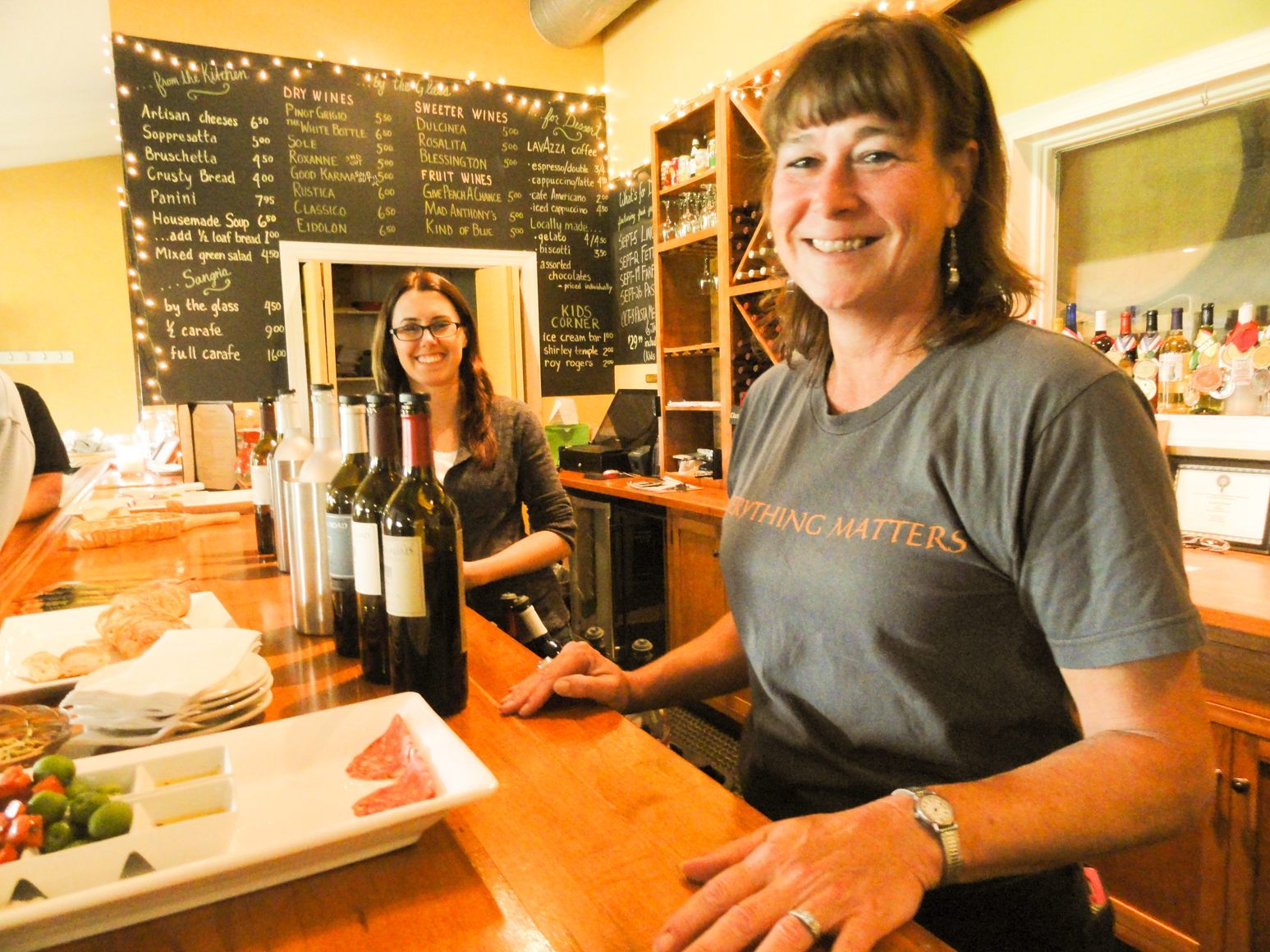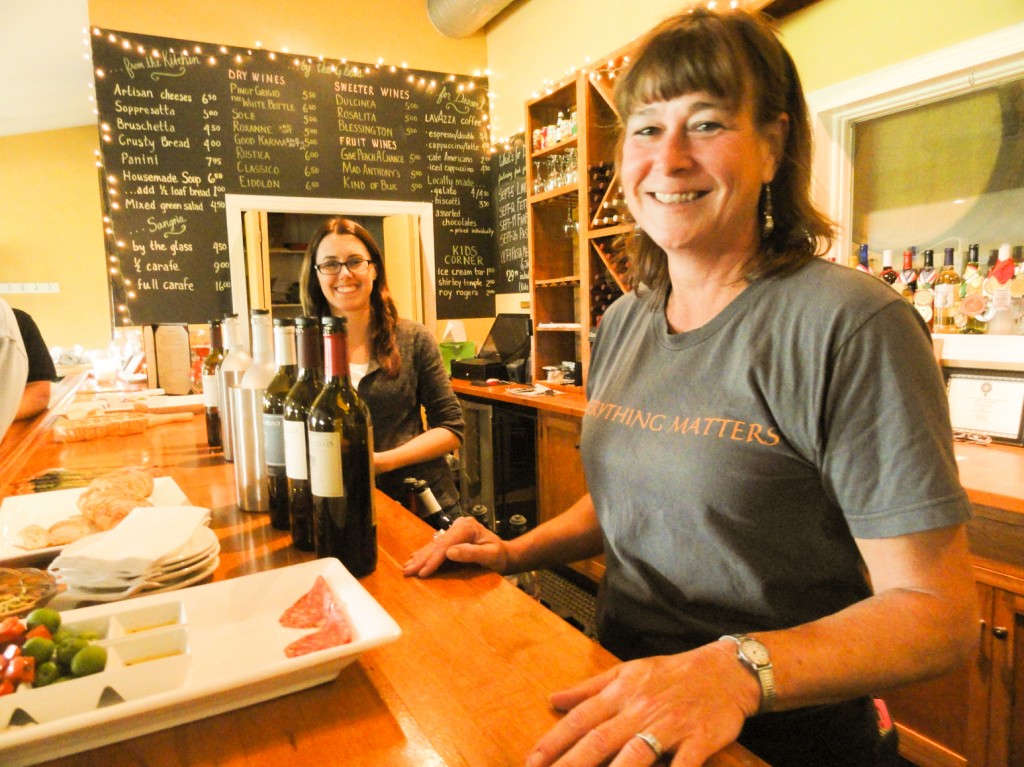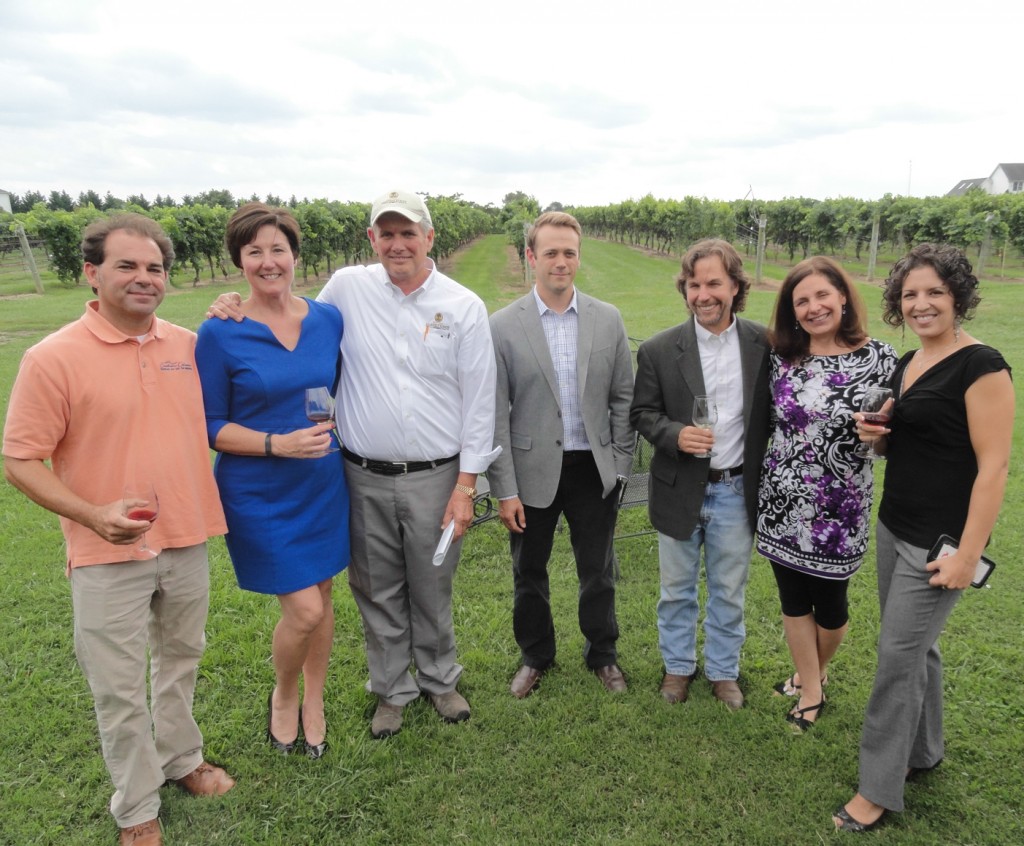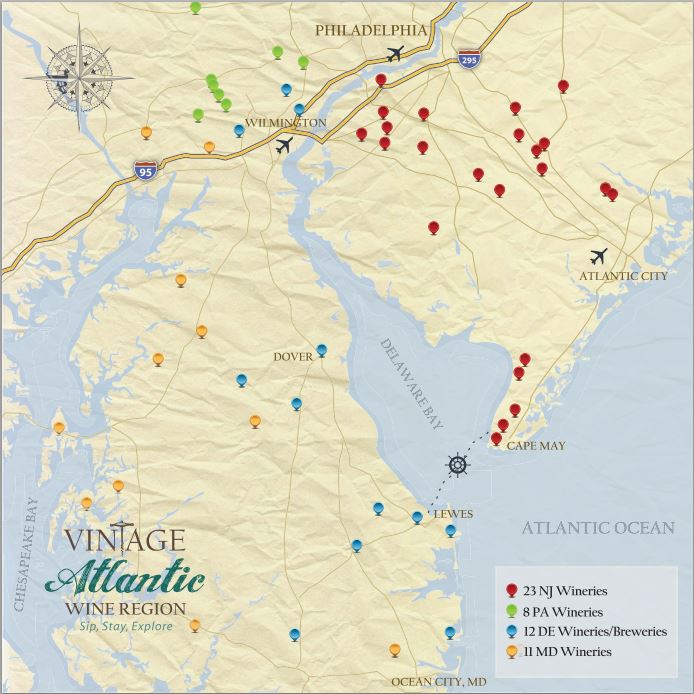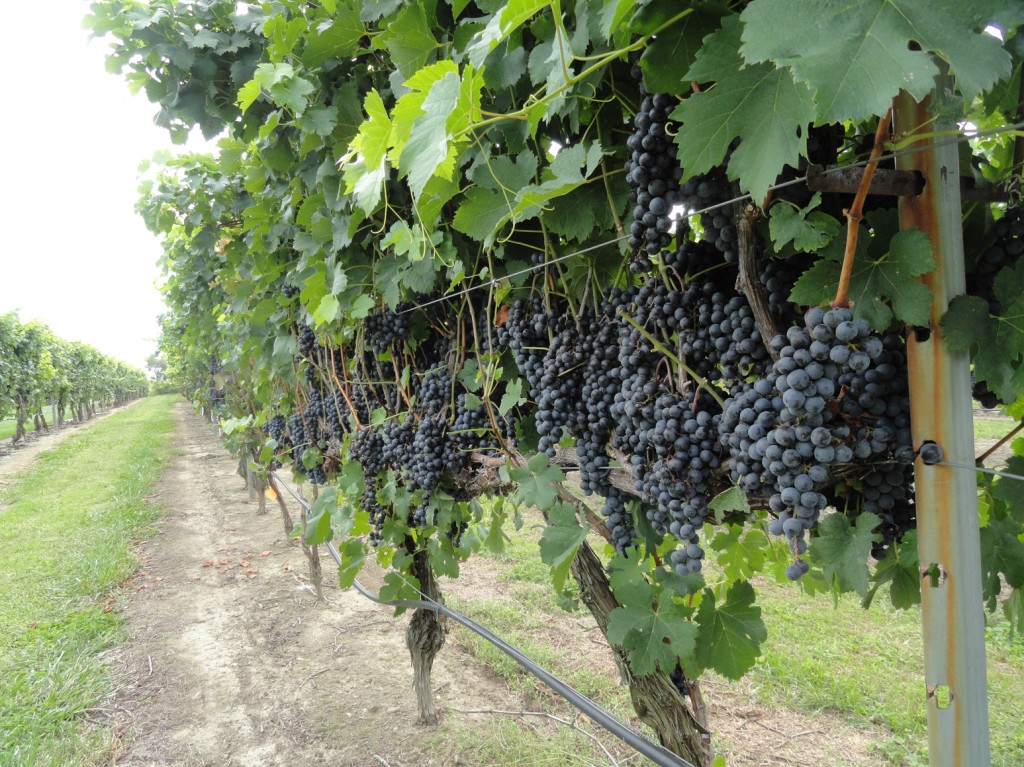The Vintage Atlantic Wine Region unites wine growers in four states under a new ‘agritourism’ model that encourages regional exploration through local flavors.
By Matt Skoufalos
Although South Jersey wine-makers cannot boast the decades of tradition that vintners in the South of France can, both enjoy environmental conditions that are something of an equalizer, claims Scott Donnini of Auburn Road Vineyard and Winery.
“All the Old World wine regions are like this,” Donnini said of the Salem County climate. “France has the same issues we have. The only issue is our humidity is a little higher.”
Just like the Napa Valley of the 1960’s, Donnini believes that the Delaware Valley is on the verge of establishing a national reputation for the quality of its wine.
“We have wineries making world-class wine,” he said. “What we need is critical mass.”
It just so happens that the 90-mile radius of the wine region that spans New Jersey, Pennsylvania, Delaware, and Maryland is about the same size as the Finger Lakes wine region. Dissolve the borders that separate those four states, and you’ve got the idea behind the Vintage Atlantic Wine Region, a new, interstate commercial model that seeks to capitalize on interest in the burgeoning local wine trails as agritourism.
“We looked at this map, squinted our eyes a little bit, and all of a sudden, you had critical mass,” Donnini said. “We are starting to pull together as a cohesive unit, and determine what this means for us going forward.”
‘Connecting the dots for everybody’
Establishing the Vintage Atlantic region is about “connecting the dots for everybody,” said Jake Buganski, Executive Director for South Jersey Tourism Corporation.
“We’ve done a good job of familiarizing the local communities” with the South Jersey wine region, Buganski said, but as one-third of the U.S. population lives within three hours of the region, Vintage Atlantic wineries are hoping to draw from a broader audience.
South Jersey Tourism believes the wine region accounts for eight to nine percent of all tourism in New Jersey, Buganski said: “a big chunk of geography” but a small number upon which the group is looking to improve.
“We tried to focus on heritage, historic sites, and eco-tourism,” previously, he said. “It’s tough to make that connection.”
But even within the wine tourism business, Buganski said, there are traditionalists, who want to taste the characteristics of the region from which the grapes are cultivated in the wines, and a younger generation that is “keyed into the local movement.”
“That’s how we’ll push through these early years” en route to establishing the region as a viticultural area on par with the Napa Valley or Finger Lakes, he said.
The Vintage Atlantic region may also draw visitors who wish to appreciate its nascency. Trish DuBois, an Auburn Road employee, said she believes the smaller vineyards will charm the next generation of aficionados because they make wine more accessible to novice consumers.
“People come in here and say they don’t know anything,” DuBois said. “It’s a place to try it and not feel like you’re being judged.”
‘The fabric of the new economy’
Winemaking in the United States traces its roots to Thomas Jefferson, who sought to cultivate French grapes at Monticello, said Chuck Nunan of Harvest Ridge Winery in Marydel, DE.
Nunan summoned up that Jeffersonian spirit in describing the movement that unites wine-makers across the region.
“We are small businesses,” Nunan said. “We’re farmers. We’re chemists. We’re sales managers. We’re PR specialists, financial managers, as well as executives. We live and breathe agritourism.”
“People want to see where their food comes from; where their wine comes from,” Donnini said. Auburn Road “was a big pasture that was set up for development,” he said; instead, it will be working farmland “for the next 50 years.”
The growth hasn’t come without legislative support for winemakers as small businesspeople, either. Donnini praised the efforts of county government officials and State Senator Stephen Sweeney in specific for helping New Jersey wineries retail their products via restaurant partnerships—even in historically dry towns like Collingswood, Haddonfield, and Haddon Heights.
“What I think is happening has everything to do with the appetites of the communities,” Donnini said. “These traditions evolved from somewhere. New traditions evolve from somewhere.
“Most of the places we go in as outlets are also small businesses,” he continued, echoing Nunan. “That’s what the fabric of the new economy is all about.”
Camden County Freeholder Louis Cappelli, Jr. said he believes there’s “a tremendous upside” to the South Jersey wine industry for local tourism.
“In Camden County, we have two wineries,” Cappelli, Jr. said. “I was at both on Sunday, and they were both packed.”
By expanding the reach of the industry into places like Atlantic City and beyond, and recapturing native foot traffic, he said, “There’s no reason we can’t be like the Napa Valleys of the world.
“It comes down to marketing the product and making people aware that wines from this region are outstanding,” Cappelli, Jr. said.
Please support NJ Pen with a subscription. Get e-mails, or follow us on Facebook, Twitter, and Instagram.

